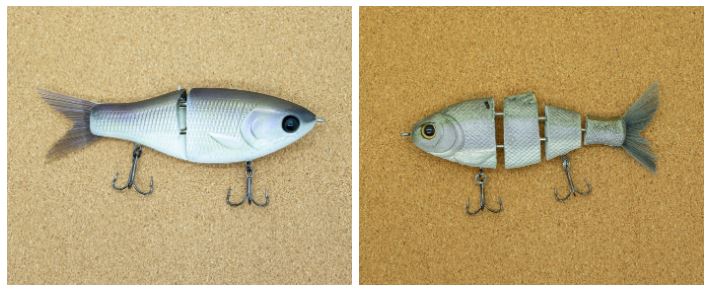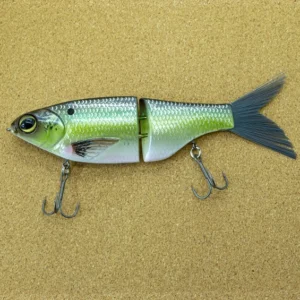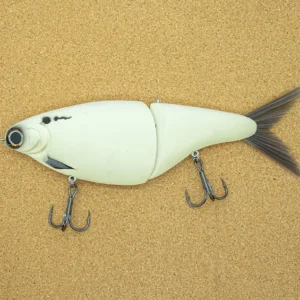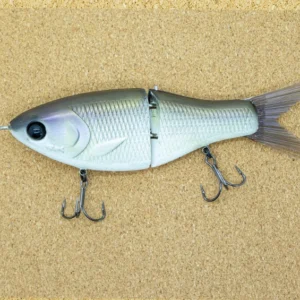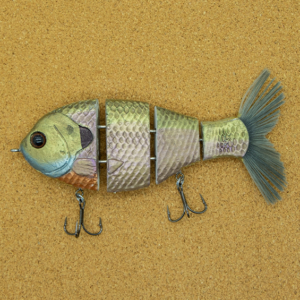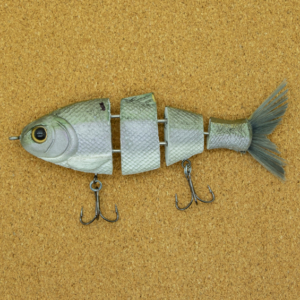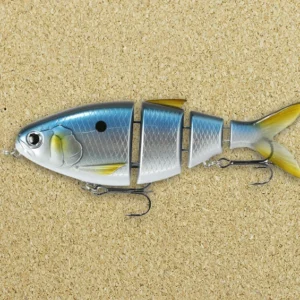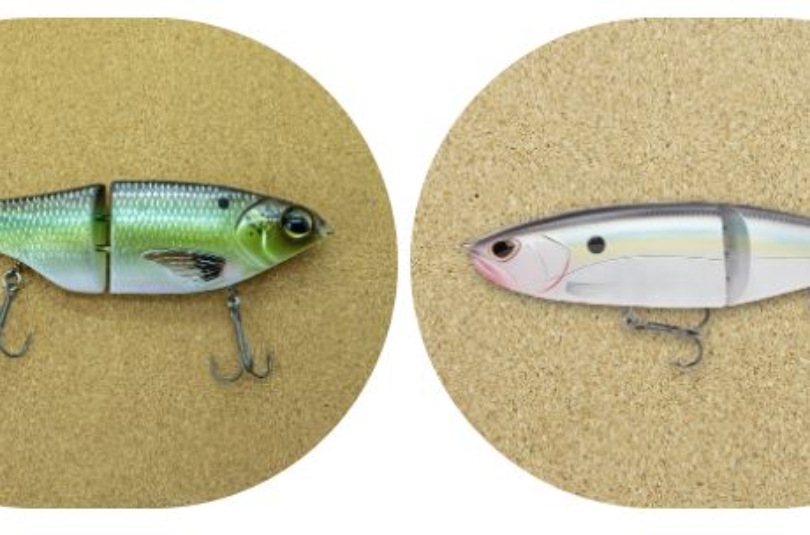When it comes to largemouth bass fishing, the lure you choose can make all the difference between a day of endless bites and one filled with near misses. Two of the most talked-about lures in the bass fishing community are glide baits and multi-joint baits. Both are designed to mimic the natural movement of baitfish, but each offers unique advantages that can tip the scales in your favor. In this post, we’ll dive deep into the features, benefits, and best use cases for both types of baits to help you make an informed decision on your next fishing trip.
what are glide baits?
Overview
Glide baits are single-jointed hard lures that create a wide, sweeping action in the water. Their design allows them to “glide” side-to-side when retrieved, closely mimicking the movement of injured or leisurely swimming baitfish.
Advantages of Glide Baits
- Realistic Movement: The smooth, wide glides attract predatory bass by imitating easy prey.
- Versatile Retrieval: Can be worked slowly or quickly, offering flexibility depending on bass activity levels.
- Trigger Big Bites: Particularly effective for attracting larger bass that are cautious of faster-moving lures.
Best Situations to Use Glide Baits
- Clear Water Conditions: The visual appeal is maximized when bass can see the lure from a distance.
- Targeting Trophy Bass: Ideal when you’re aiming for larger, more elusive fish.
- Post-Spawn Periods: When bass are feeding heavily and are more likely to chase a larger, slower-moving bait.
What Are Multi-Joint Baits?
Overview
Multi-joint baits consist of several connected segments that allow the lure to flex and move with a serpentine action. This design creates a lifelike swimming motion that can fool even the most cautious bass.
Advantages of Multi-Joint Baits
- Hyper-Realistic Action: The segmented body mimics the natural swimming patterns of baitfish.
- Attracts Curious Bass: The unique movement can provoke strikes from bass that might ignore other lures.
- Suitable for Various Retrieval Speeds: Effective whether you reel in slowly or burn it back to the boat.
Best Situations to Use Multi-Joint Baits
- Murky or Stained Water: The pronounced movement helps bass locate the lure through vibrations.
- Highly Pressured Waters: Offers something different that bass might not have seen before.
- Cold Water Conditions: Maintains enticing action even at slower speeds, crucial when bass are lethargic.
Head-to-Head Comparison
| Feature | Glide Baits | Multi-Joint Baits |
| Swimming Action | Wide, sweeping glides | S-Shaped, serpentine motion |
| Ease Of Use | Requires technique for optimal action | More forgiving, good action at various speeds |
| Ideal For | Clear water, targeting big bass | Murky water, enticing cautious or pressured bass |
| Price Range | Generally higher due to complex desisn | Varies, but affordable options are widely available |
| Versatility | Can be less effective in murky water | Performs well in a variety of water conditions |
Making Your Choice: Which Is Right for You?
Both glide baits and multi-joint baits have their place in a well-rounded tackle box. Your choice should depend on several factors, including water clarity, bass behavior, and personal retrieval style.
- Choose Glide Baits If:
- You’re fishing in clear waters.
- You aim to catch larger bass.
- You prefer a lure that allows for strategic pauses and direction changes.
- Choose Multi-Joint Baits If:
- You’re dealing with murky or stained waters.
- You’re fishing in heavily pressured areas.
- You want a lure that’s effective at various speeds without requiring specialized techniques.
final thoughts
Understanding the strengths of glide baits and multi-joint baits can significantly enhance your largemouth bass fishing experience. Both types of lures offer unique actions that can trigger strikes when other lures fail. By considering the fishing conditions and bass behavior, you can select the lure that offers the best chance for success.
